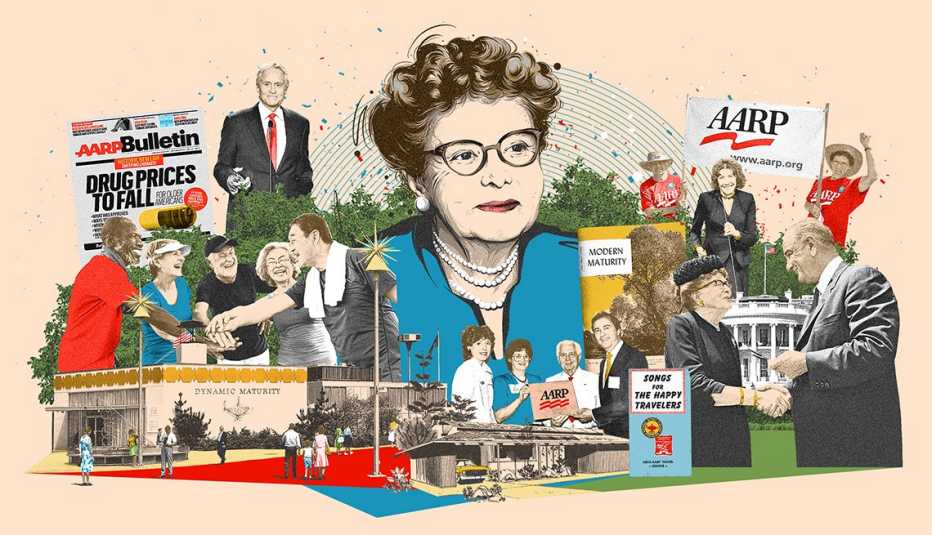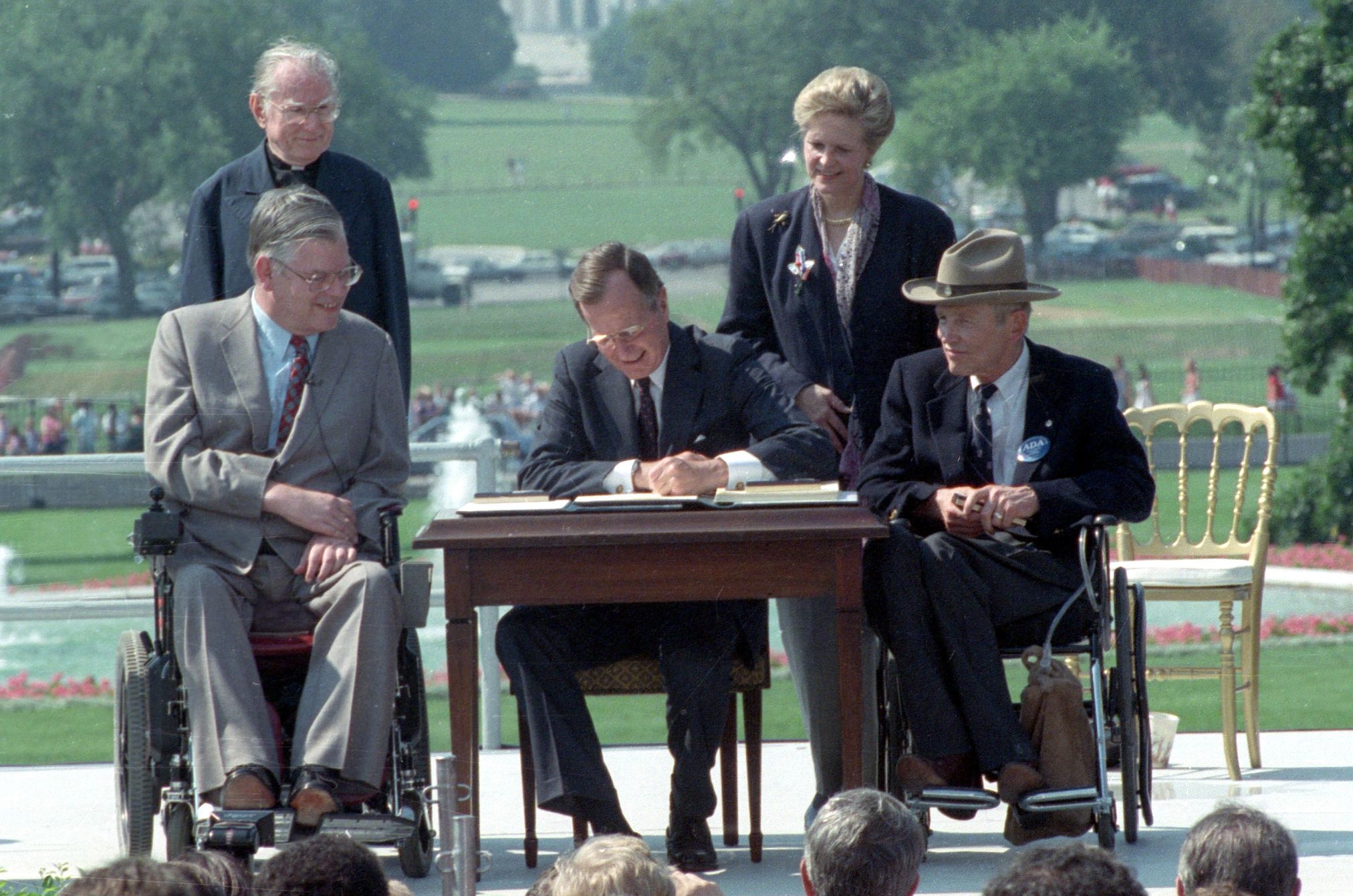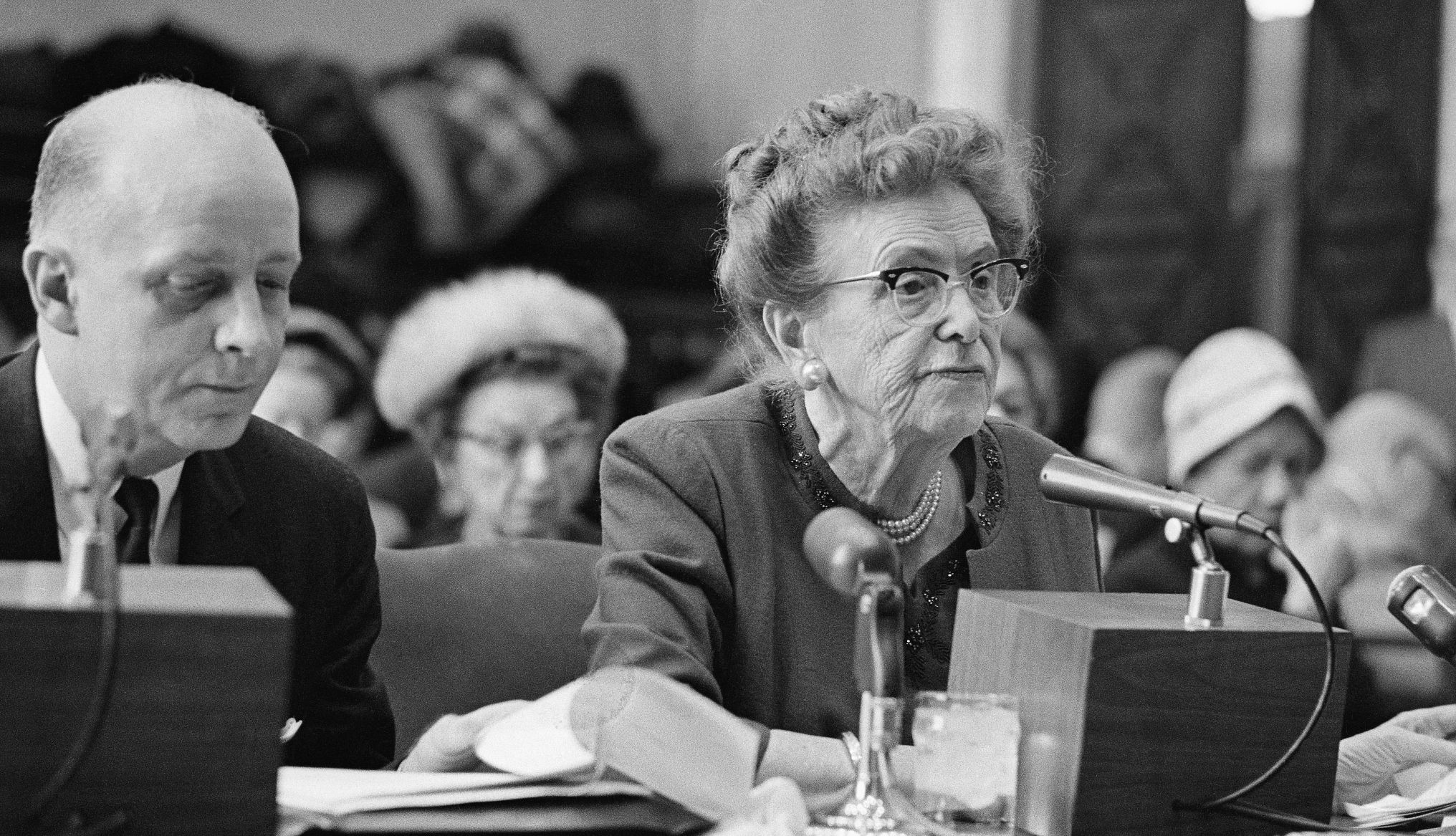AARP Hearing Center


Since AARP was founded in 1958, our organization has worked with every president, Congress, governor and statehouse to improve the lives of older adults. Below are some milestones:
Older Americans Act
1965: AARP was instrumental in the creation and passage of the Older Americans Act with President Lyndon Johnson. The law provides comprehensive services for older adults.
2000: AARP persuaded Congress to reauthorize the Older Americans Act, including new provisions such as the National Family Caregiver Support Program, helping millions with proper nourishment, protection against abuse, employment training and other services.


Social Security, retirement and economic security
1972: The Social Security Amendments Act, with AARP’s strong backing, enacted automatic annual cost-of-living increases for Social Security beneficiaries.
1974: President Gerald Ford, with AARP’s support, signed the Employee Retirement Income Security Act (ERISA) into law, revising the legal framework for protecting qualified pension plans.
1984: President Ronald Reagan signed the AARP-backed Retirement Equity Act, requiring automatic survivor benefits and the need for spousal consent and allowing pensions to be divided upon divorce or legal separation.
1986: AARP helped pass legislation requiring employers to include new hires age 60-plus in a pension plan and to continue pension contributions and accruals for people working beyond age 65.
2002: AARP’s advocacy helped repeal the Social Security earnings limit for beneficiaries ages 65 to 69.
2005: AARP’s advocacy helped defeat proposals to carve private accounts out of Social Security.


Medicare, improving health care for older adults and lowering prescription drug costs
1965: AARP was key in the creation of Medicare, the federal health insurance program for people 65 and older and for those with permanent disabilities.
1987: AARP helped pass the Federal Nursing Home Reform Act, setting the first national standards for nursing home care.

































































More From AARP
Fighting For You Every Day
AARP is your fierce defender on issues that impact adults 50-plus
Protecting Social Security
Together we can fight for you and your loved ones
How States Are Helping to Make Medications More Affordable
A look at efforts to lower prescription drug costsRecommended for You